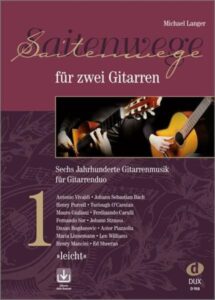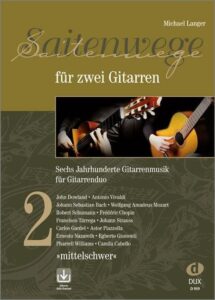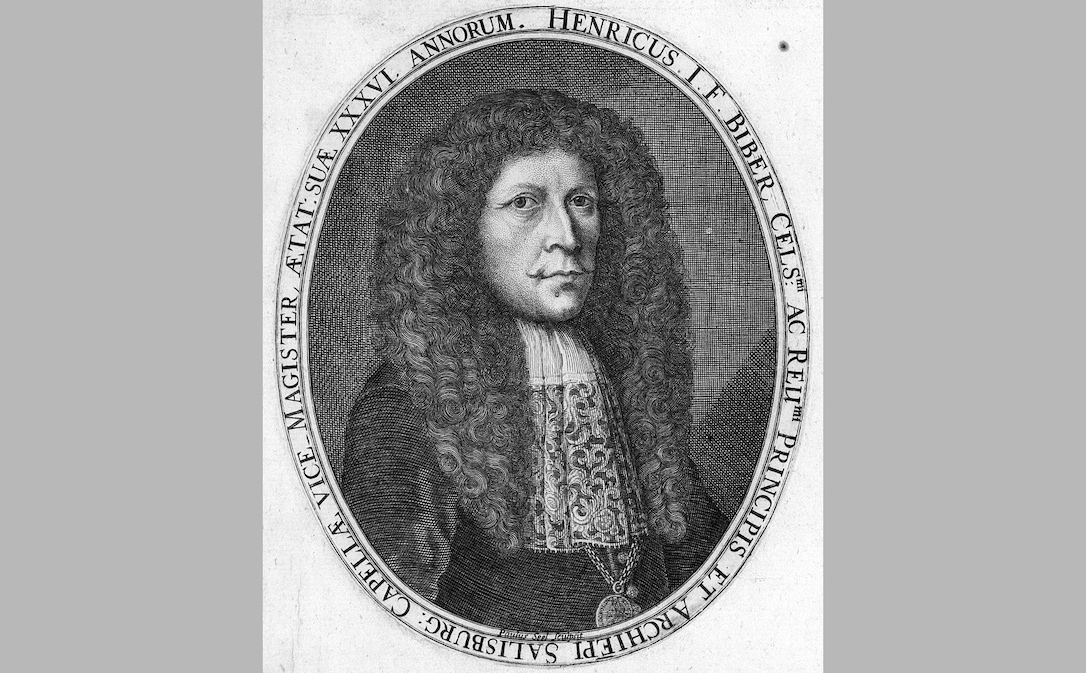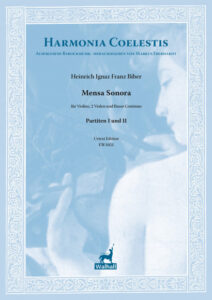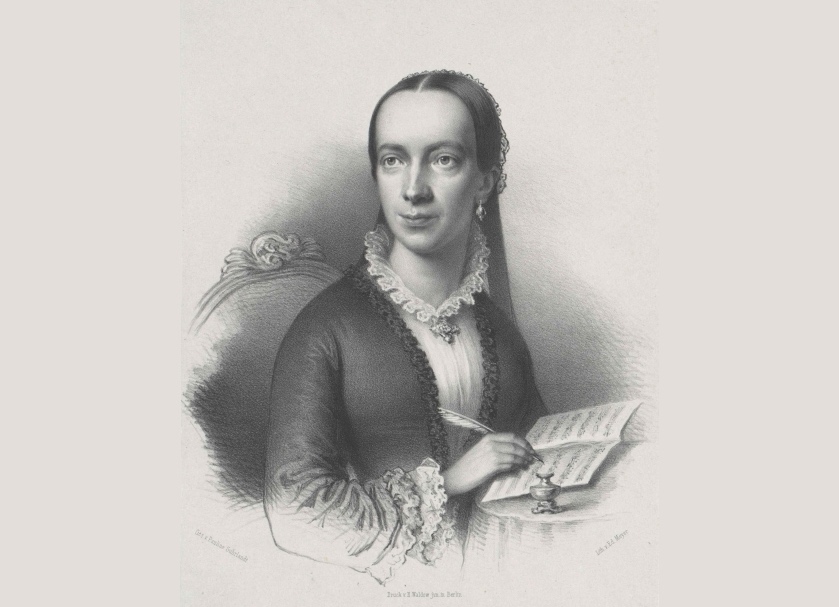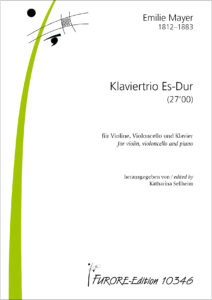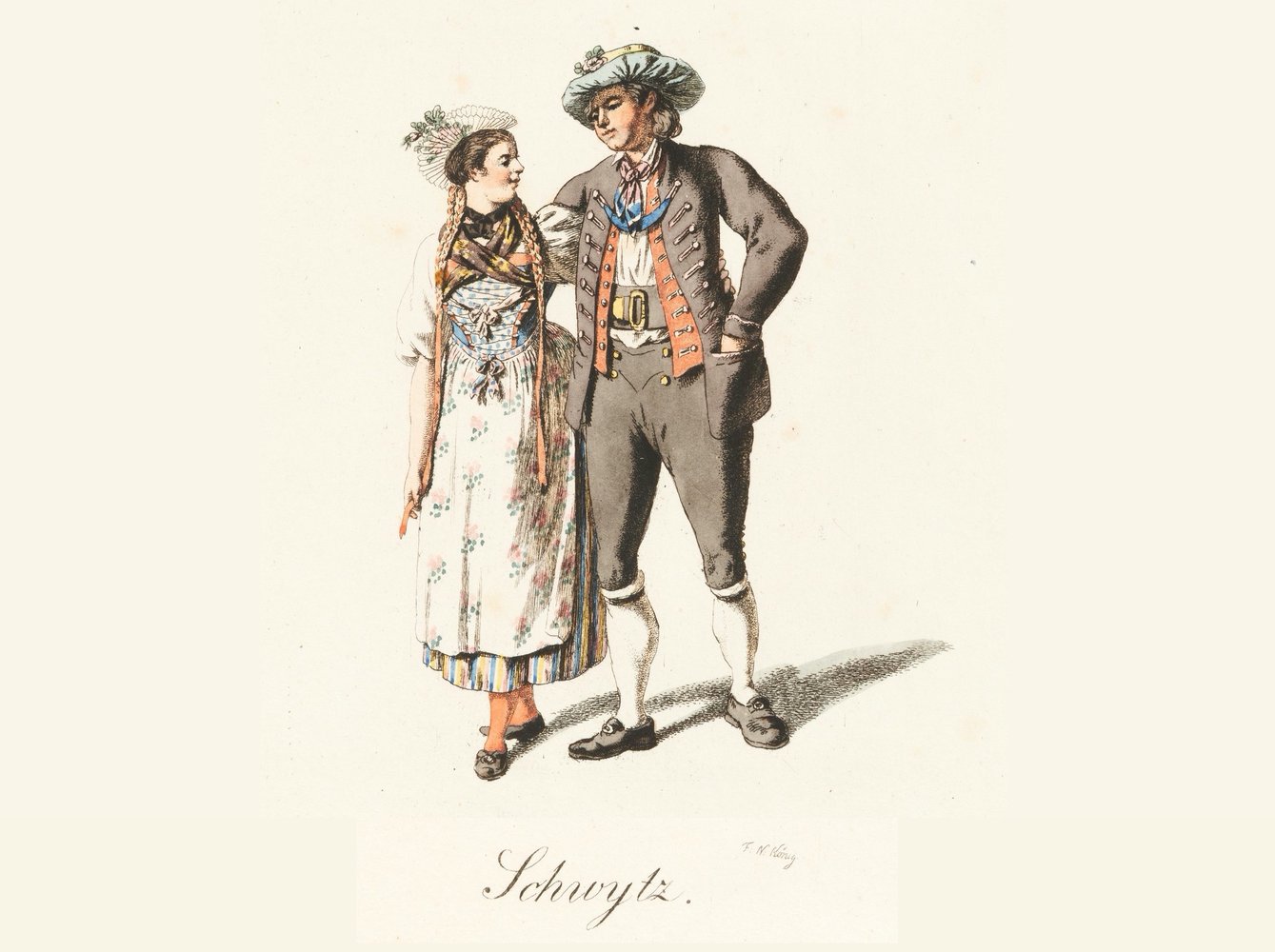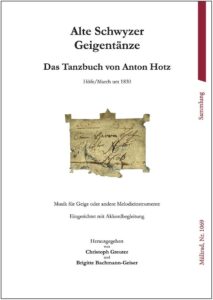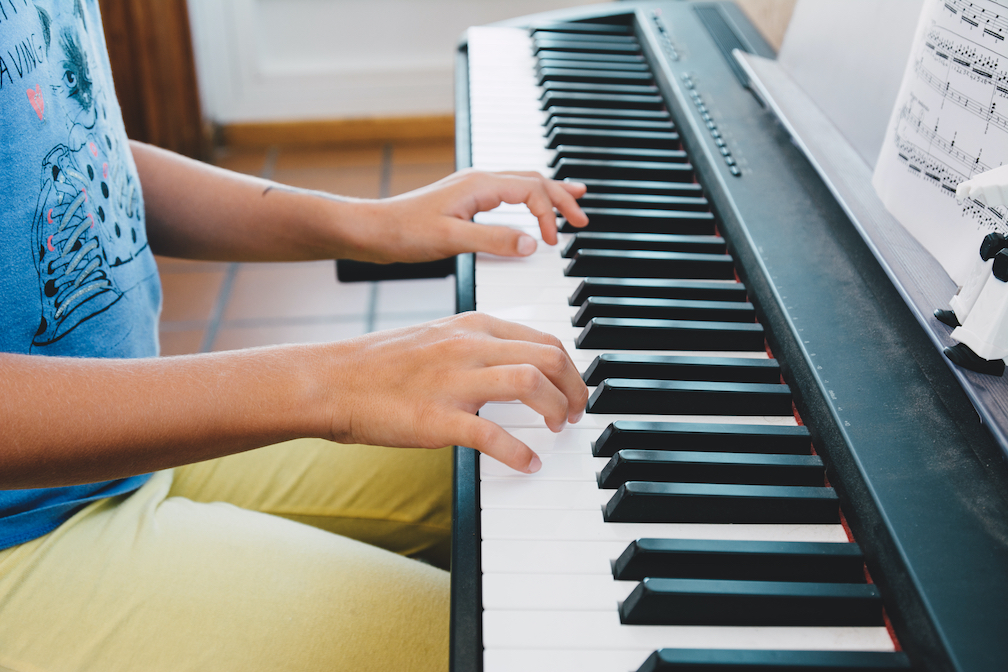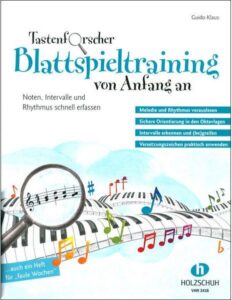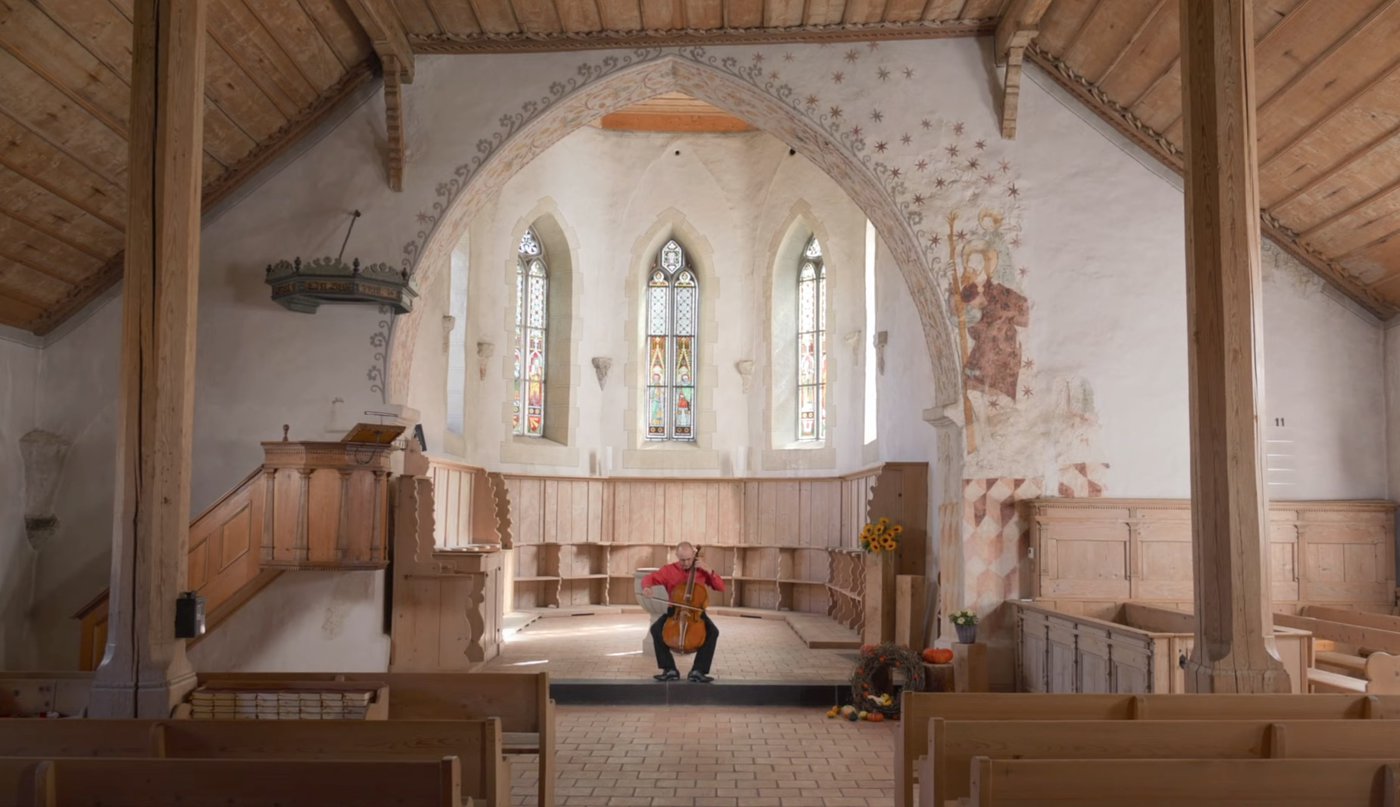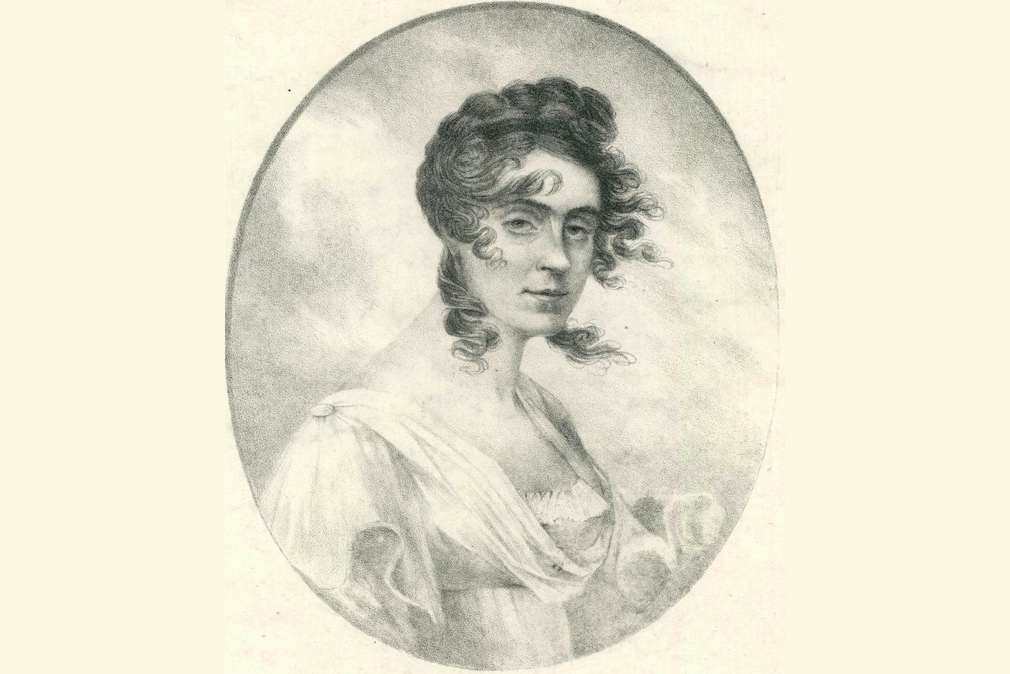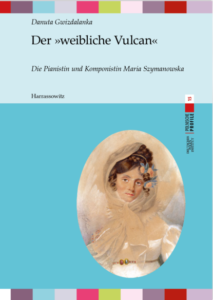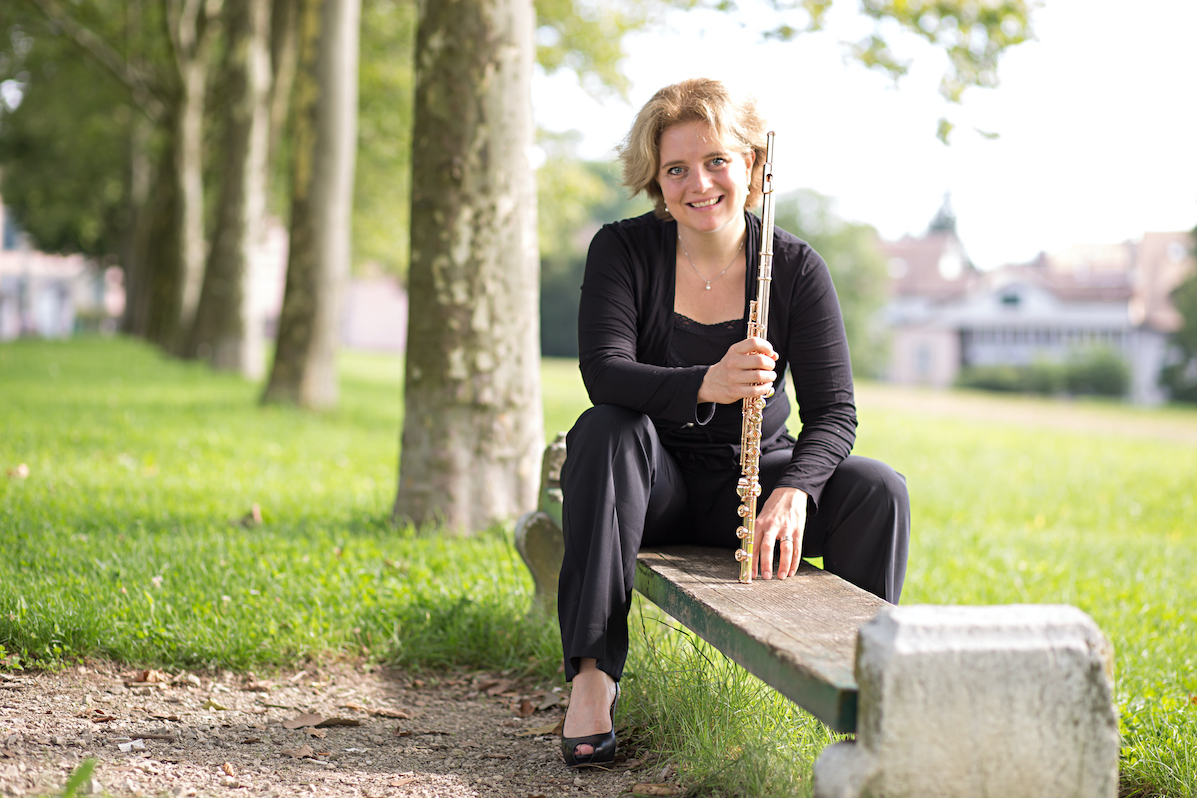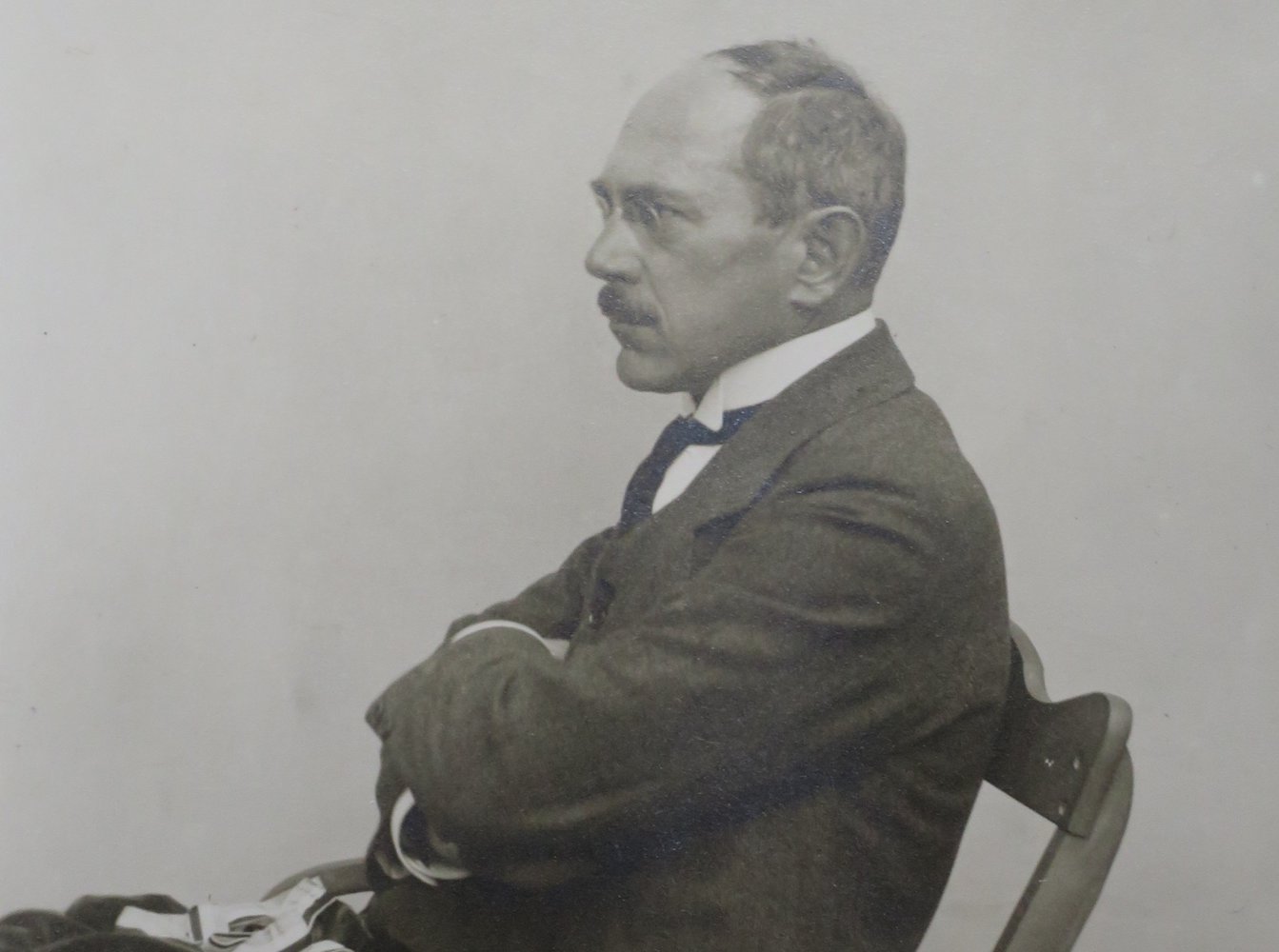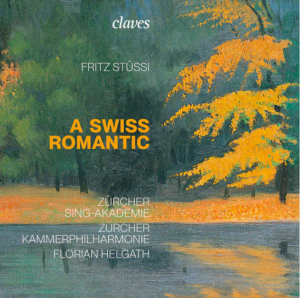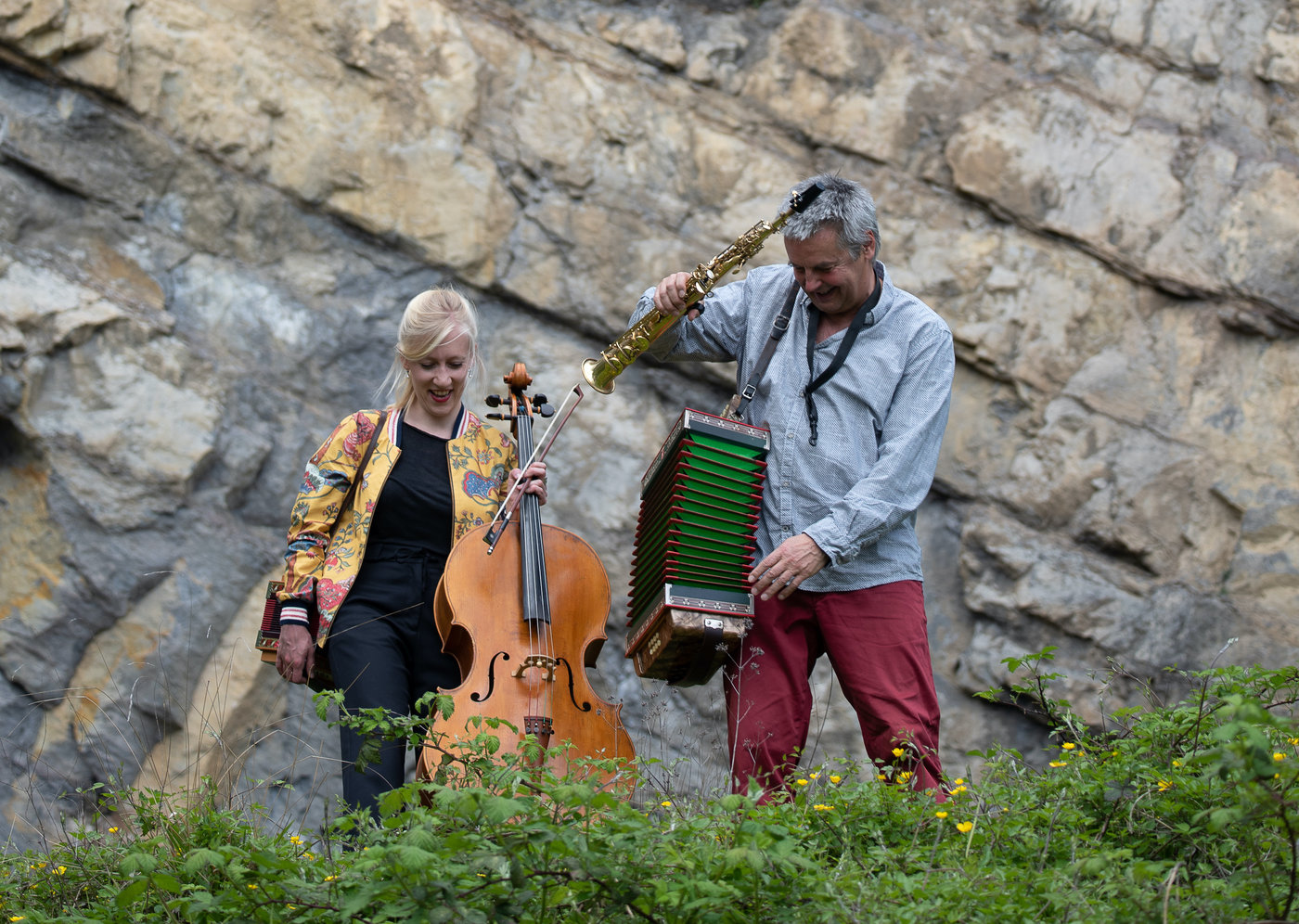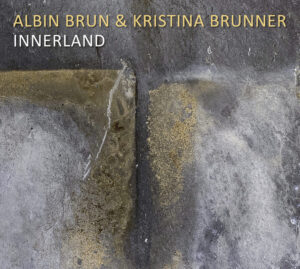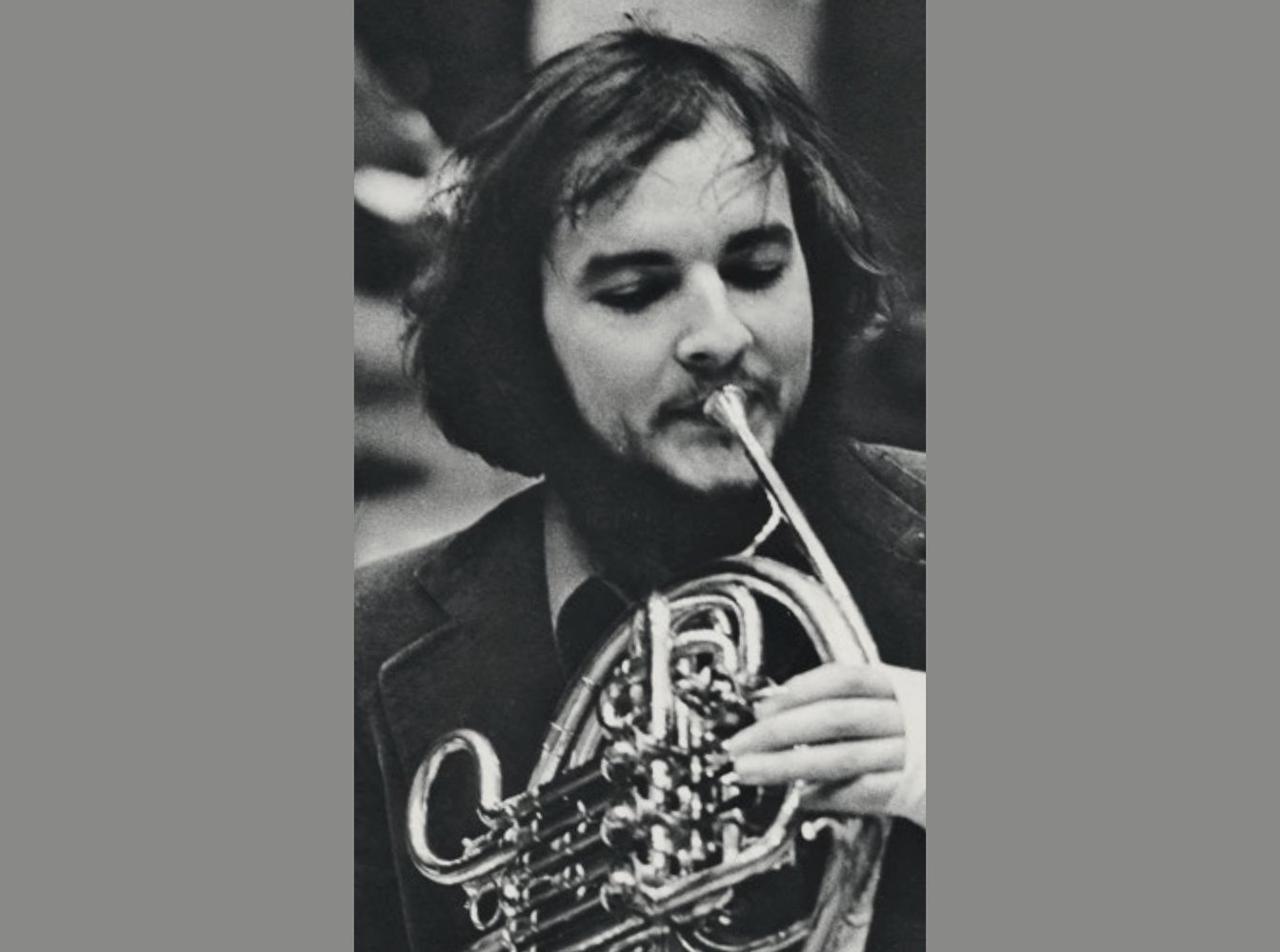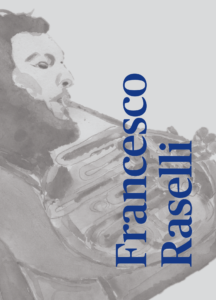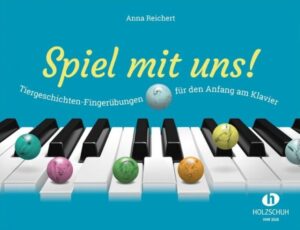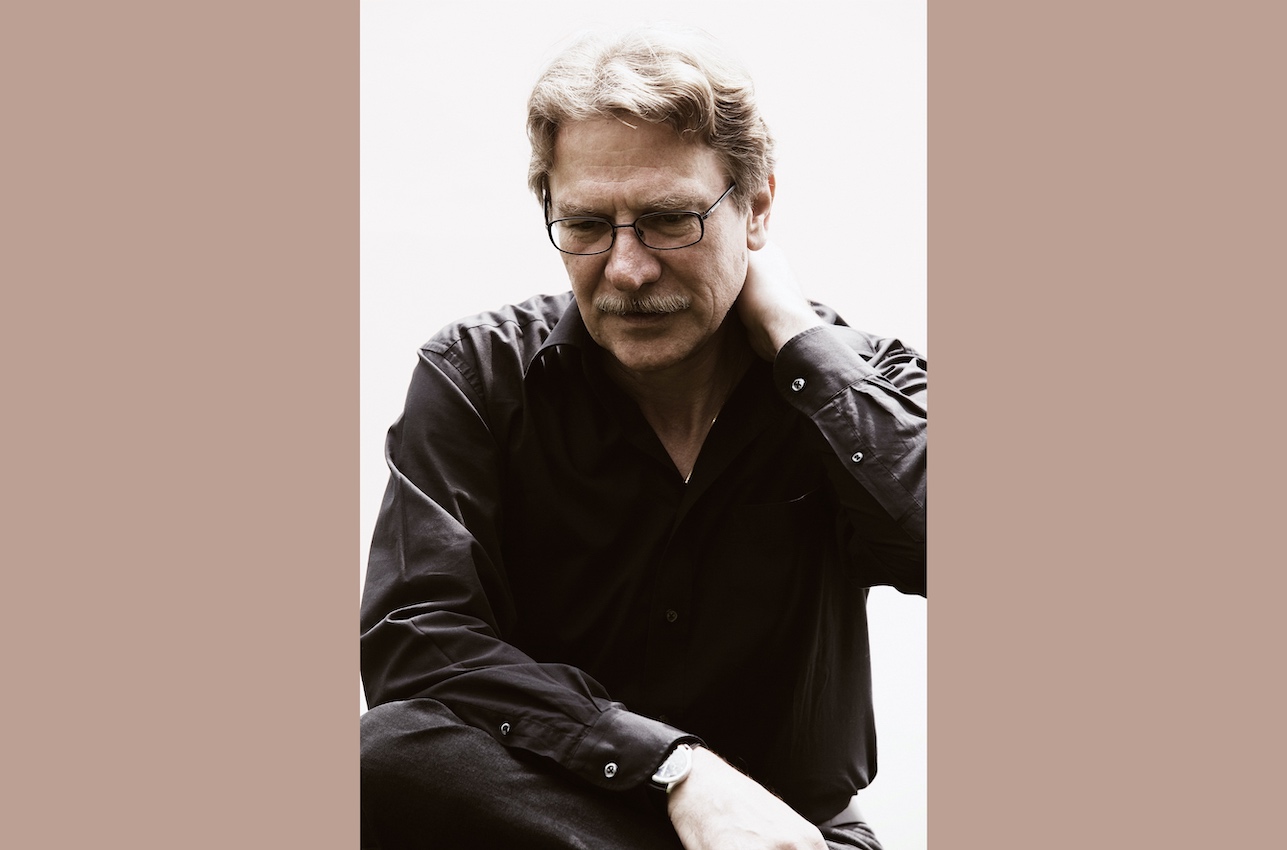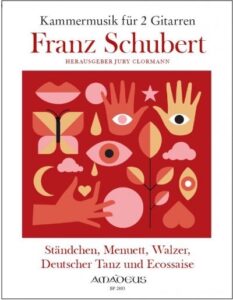Double and triple bass music
On "Chrome Shuffle", Niklaus Keller and eight fellow musicians play eleven pieces, each a short story.
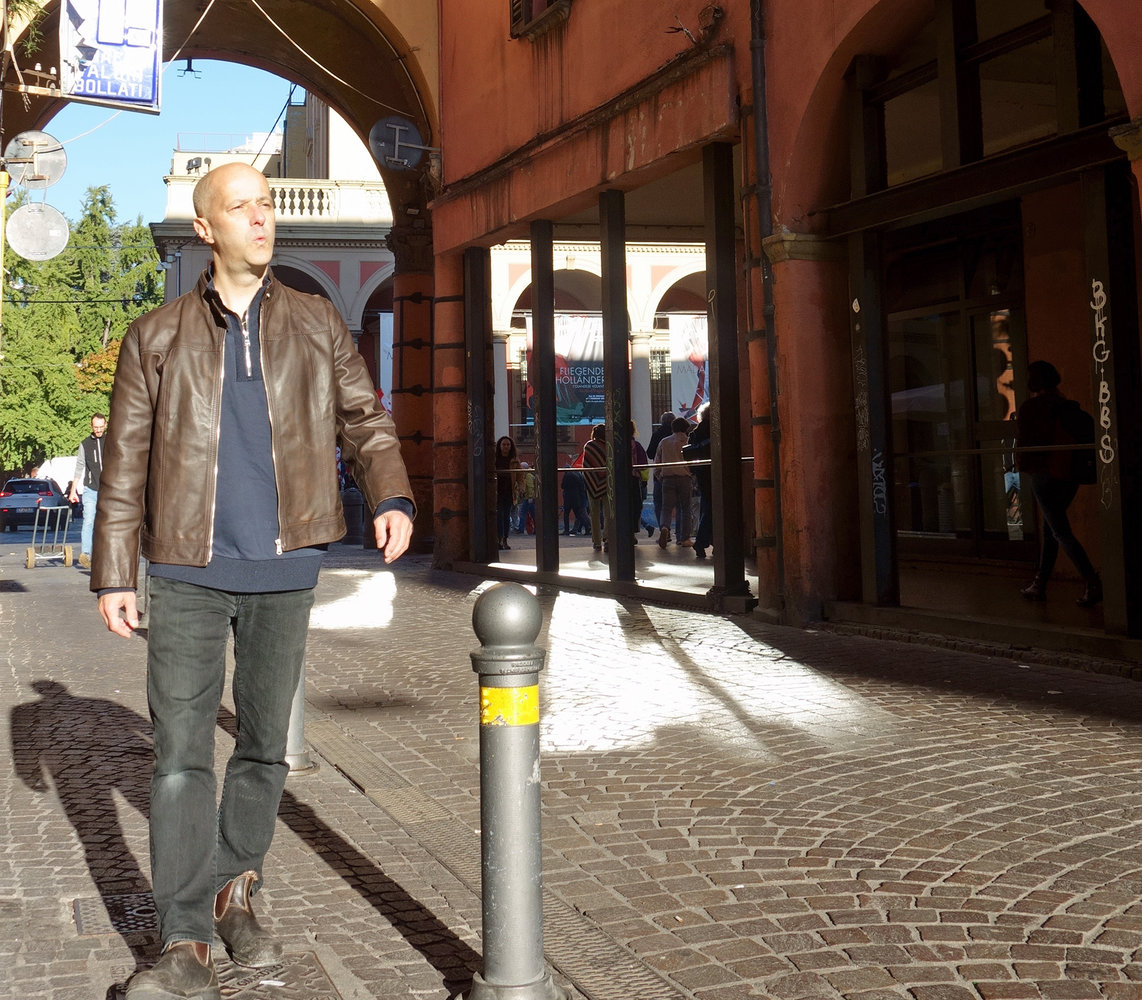
Niklaus Keller knows no fear of contact. The catalog of works by the percussion teacher, who studied composition under Hans U. Lehmann in Zurich and Paul Glass at the Lugano Conservatory, begins in 1994 with a Ländler-Fox for marimba, electric guitar, drum set, vibraphone, melodica and electric bass. His last three works, available via Bandcamp, range from ecclesiastical-mysterious choral chants to a cheerfully rushing Sicerto for string orchestra through to country & western persiflage White Coffee.
Chrome Shuffle - a cycle of eleven pieces for a nontet with vibraphone, electric bass, electric guitar, drums, trumpet/flugelhorn, tenor saxophone, trombone and two synths/samplers (one of which is operated by Keller himself) - is yet another completely different "kettle of fish". The idea behind it was to write pieces that did not make any great technical demands, "so that I could devote myself to the music as such as quickly as possible without technical difficulties interfering with the performance", explains the composer, who works in Bologna. At the same time, however, he also notated the solos, "because improvised solos usually sound standardized and standardized".
The results - each piece a sonic short story - are incredibly difficult to describe. Vibraphone and horns characterize the consistently heartfelt mood, the rocky, funky rhythms, breaks and hooks pull you along, the melodies remind this ear, for rather inexplicable reasons, of the music of British eccentrics such as Kevin Ayers, Lol Coxhill or Art Bears. Conclusion: double and triple bass music that is reminiscent of many things, but remains uncompromisingly itself.
Niklaus Keller: Chrome Shuffle. Bandcamp







